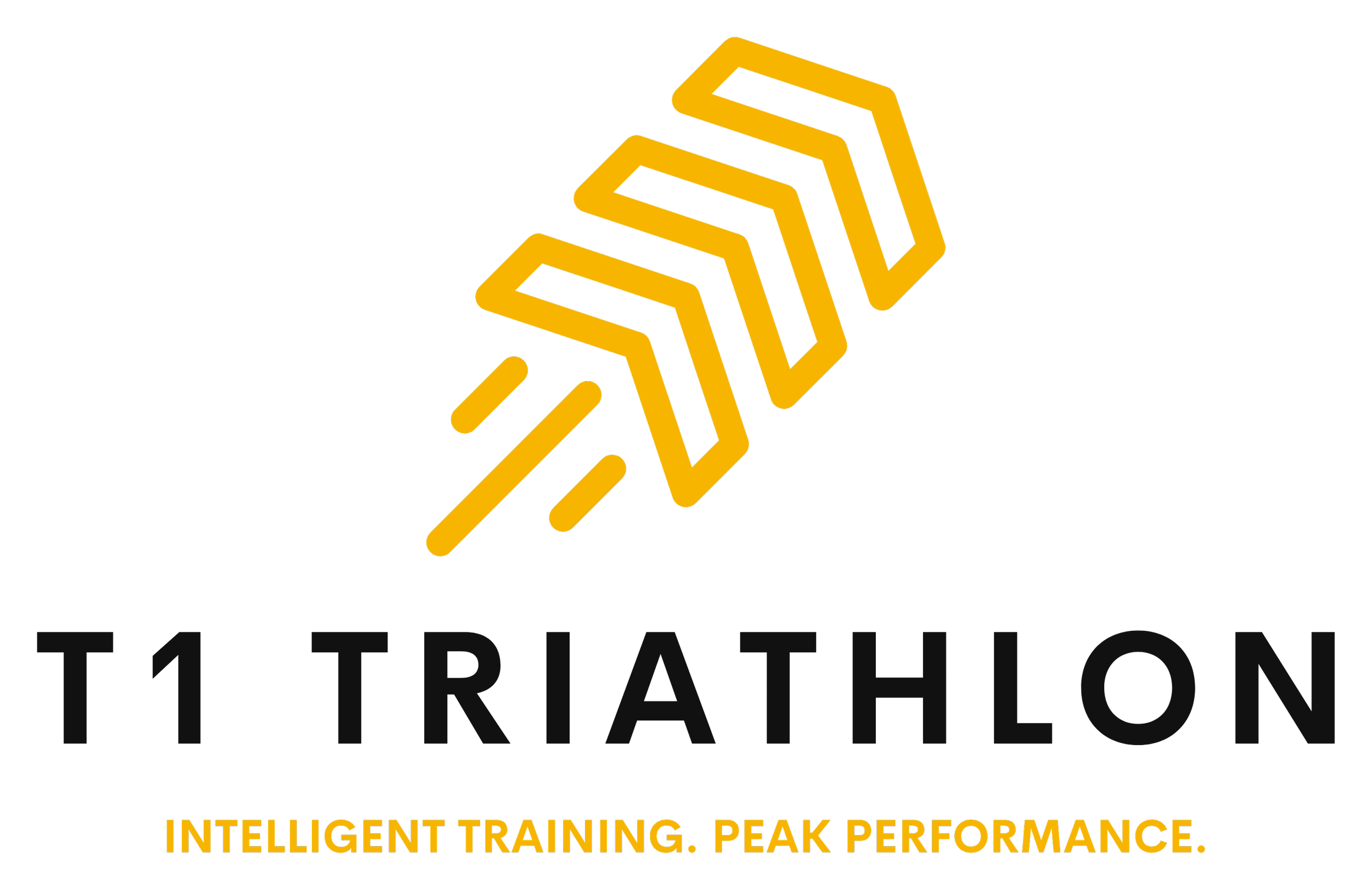How to Prevent Bonking During a Triathlon
Few experiences are as disheartening for a triathlete as bonking, also known as “hitting the wall.” This sudden and overwhelming fatigue results from depleted glycogen stores, leaving your body struggling to keep up with energy demands. The good news? Bonking is entirely preventable with smart energy management and proper fueling. Here’s how to stay energized and focused from start to finish during your next triathlon.
Understand Why Bonking Happens
Bonking occurs when your body runs out of glycogen, the primary fuel source for endurance activities. Once glycogen levels are exhausted, your body must rely on fat for energy, which is a slower and less efficient process. This leads to a drop in performance, mental clarity, and overall stamina.
Factors contributing to bonking include inadequate pre-race nutrition, poor fueling during the race, or pushing beyond your aerobic capacity. By addressing these issues, you can maintain steady energy levels throughout your triathlon.
Start with Proper Pre-Race Nutrition
Pre-race nutrition lays the foundation for avoiding bonking. Glycogen stores take time to build, so focus on carbohydrate-rich meals in the 48-72 hours leading up to your race.
Carb-Loading: Increase your carbohydrate intake to 8-12 grams per kilogram of body weight per day. Opt for complex carbs like pasta, rice, and sweet potatoes.
Race Morning: Eat a light, easily digestible meal 2-3 hours before the race, such as oatmeal with banana or a bagel with honey. Avoid high-fat and high-fiber foods that may upset your stomach.
Hydration: Proper hydration enhances glycogen storage. Drink plenty of water and consider adding electrolytes to ensure optimal fluid balance.
Fuel Strategically During the Race
Your race-day fueling strategy is crucial to preventing bonking. Since your body can only store enough glycogen for about 90 minutes of intense exercise, you’ll need to replenish energy during the race.
Consume Carbohydrates Regularly: Aim for 30-90 grams of carbohydrates per hour, depending on the race distance and intensity. Use gels, chews, or sports drinks for quick energy.
Stick to a Schedule: Don’t wait until you feel tired to fuel. Set a timer or plan to eat and drink at regular intervals, such as every 20-30 minutes.
Combine Fuels: Mix carbohydrate sources like glucose and fructose for better absorption. Many sports nutrition products are formulated with this combination for efficiency.
Pace Yourself to Avoid Overexertion
Going too hard too early can lead to glycogen depletion and an inevitable crash. Maintain an even pace throughout the race to conserve energy.
Use Your Heart Rate or Power Meter: Stay within your target zones to avoid burning glycogen too quickly.
Negative Splits: Aim to complete the second half of the race faster than the first, saving energy for a strong finish.
Know Your Limits: Avoid getting caught up in the excitement of the race start. Stick to your planned effort level.
Hydrate to Support Energy Levels
Dehydration accelerates fatigue and impairs your body’s ability to process fuel. Incorporate hydration into your fueling strategy.
Monitor Fluid Intake: Aim for 16-24 ounces of fluid per hour, adjusting based on sweat rate and weather conditions.
Add Electrolytes: Sodium, potassium, and magnesium are essential for maintaining hydration and muscle function. Sports drinks often combine these with carbohydrates for convenience.
Train Your Gut to Handle Fuel
Fueling during a race is only effective if your body can tolerate it. Use training sessions to practice consuming the same products and quantities you plan to use on race day.
Simulate Race Conditions: Mimic the timing and intensity of your race-day fueling strategy in long training sessions.
Experiment Early: Test different products and combinations to find what works best for you.
Avoid Common Fueling Mistakes
Even the best strategies can fail if common mistakes are made.
Skipping Breakfast: Starting a race with low glycogen levels makes bonking almost inevitable.
Relying Only on Water: While hydration is important, water alone won’t replenish lost glycogen or electrolytes.
Ignoring Warning Signs: Feeling lightheaded or unusually fatigued? Adjust your pace or fuel intake to address the issue before it worsens.
Race Day Confidence
Bonking is avoidable with the right preparation, pacing, and fueling. By understanding your body’s energy needs and following a structured plan, you can prevent hitting the wall and enjoy a strong, steady race.
Start implementing these strategies in your training today. Fine-tune your pre-race nutrition, practice your fueling plan, and train at your target intensity to build confidence. With preparation and consistency, you’ll cross the finish line with energy to spare.
